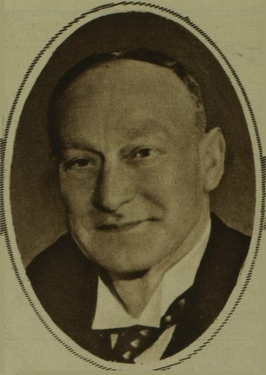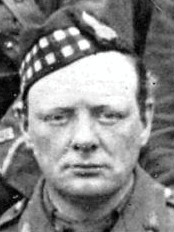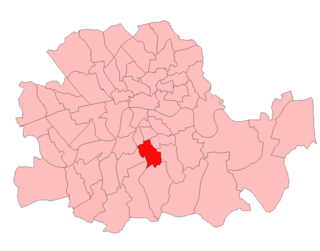The 1922 Newport by-election was by-election held in the parliamentary constituency of Newport in Wales on 18 October 1922. The by-election attracted especial attention, both at the time and since, as it was seen as a crucial electoral test of the viability of the Lloyd George Coalition Government, formed of followers of David Lloyd George with the Conservative Party, the latter of which contained an increasing number of members who wished to leave the coalition and regain the party's independence.
The 1945 Caernarvon Boroughs by-election was a parliamentary by-election held on 26 April 1945 for the British House of Commons constituency of Caernarvon Boroughs.

The 1922 Bodmin by-election was a parliamentary by-election for the British House of Commons. The constituency of Bodmin in Cornwall polled on 23 February 1922. The by-election was notable for the opposition Liberal Party gaining a seat from the Coalition-supporting Conservative Party.
The 1920 Argyllshire by-election was a parliamentary by-election held for the British House of Commons constituency of Argyllshire on 10 March 1920.

Colonel Sir George McCrae was a Scottish textile merchant and Liberal Party politician. In Scotland he is best remembered for the creation of McCrae's Battalion, also known as the Second Edinburgh Pals Battalion and (officially) the 16th Battalion Royal Scots.
The 1920 Northampton by-election was a parliamentary by-election held for the British House of Commons constituency of Northampton on 1 April 1920.

Maurice Alexander, was a Canadian barrister and soldier who later moved to England and had careers in the Diplomatic Service, English law and politics.
Sir Henry Norman Rae was an English wool merchant and Liberal Party politician.

Sir John Bertrand Watson was an English lawyer, Chief Metropolitan Magistrate and Liberal Party politician.

Sir Andrew William Barton was a British Liberal politician and businessman.
The 1917 Spalding by-election was a parliamentary by-election held for the British House of Commons constituency of Spalding in Lincolnshire on 25 October 1917.

Edward Smallwood was an English coal merchant and Liberal Party politician.

The 1917 Dundee by-election was a parliamentary by-election for the British House of Commons constituency of Dundee in the county of Angus held on 30 July 1917.
The 1917 South Monmouthshire by-election was a by-election held on Thursday 12 July 1917 for the British House of Commons constituency of the Southern Division of Monmouthshire in South Wales.
The 1917 Edinburgh South by-election was a parliamentary by-election held for the UK House of Commons constituency of Edinburgh South in Scotland on 12 May 1917.
The 1916 Derby by-election was a parliamentary by-election held for the House of Commons constituency of Derby, the county town of Derbyshire on 29 December 1916.
The 1916 Whitechapel by-election was a parliamentary by-election held on 28 December 1916 for the House of Commons constituency of Whitechapel, an electoral division of Tower Hamlets in East London.
The 1916 Berwickshire by-election was a parliamentary by-election held for the UK House of Commons constituency of Berwickshire in the Scottish Borders on 18 July 1916.
The 1926 North Cumberland by-election was held on 17 September 1926. The by-election was held due to the succession to the peerage of the incumbent Conservative MP, Donald Howard. It was won by the Conservative candidate Fergus Graham.

The 1920 Camberwell North West by-election was a parliamentary by-election held for the British House of Commons constituency of Camberwell North West in the South London district of Camberwell on 31 March 1920.








